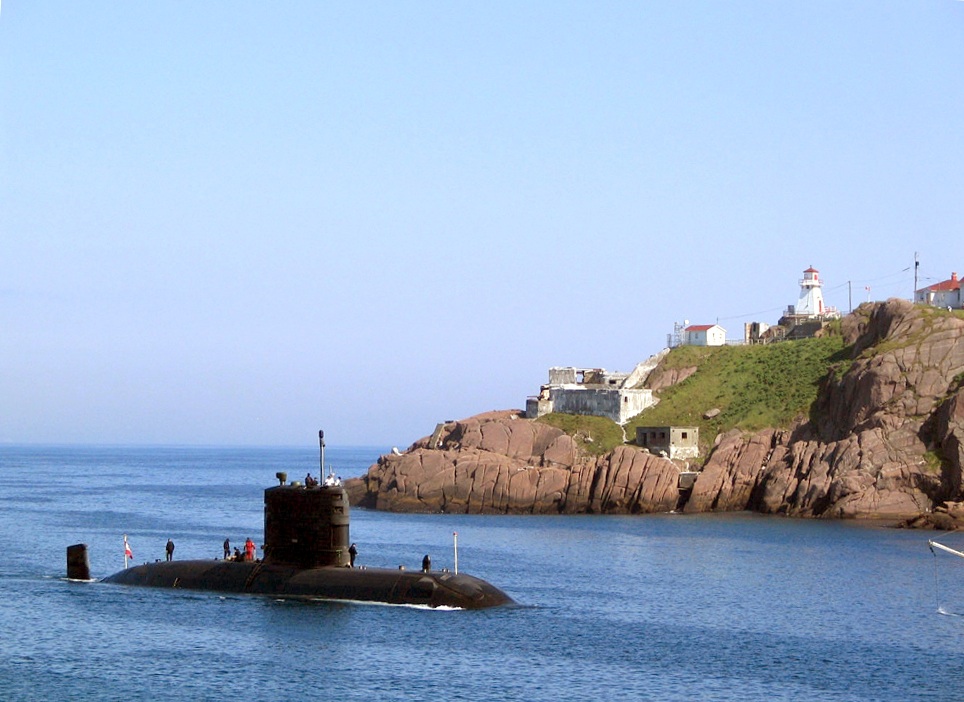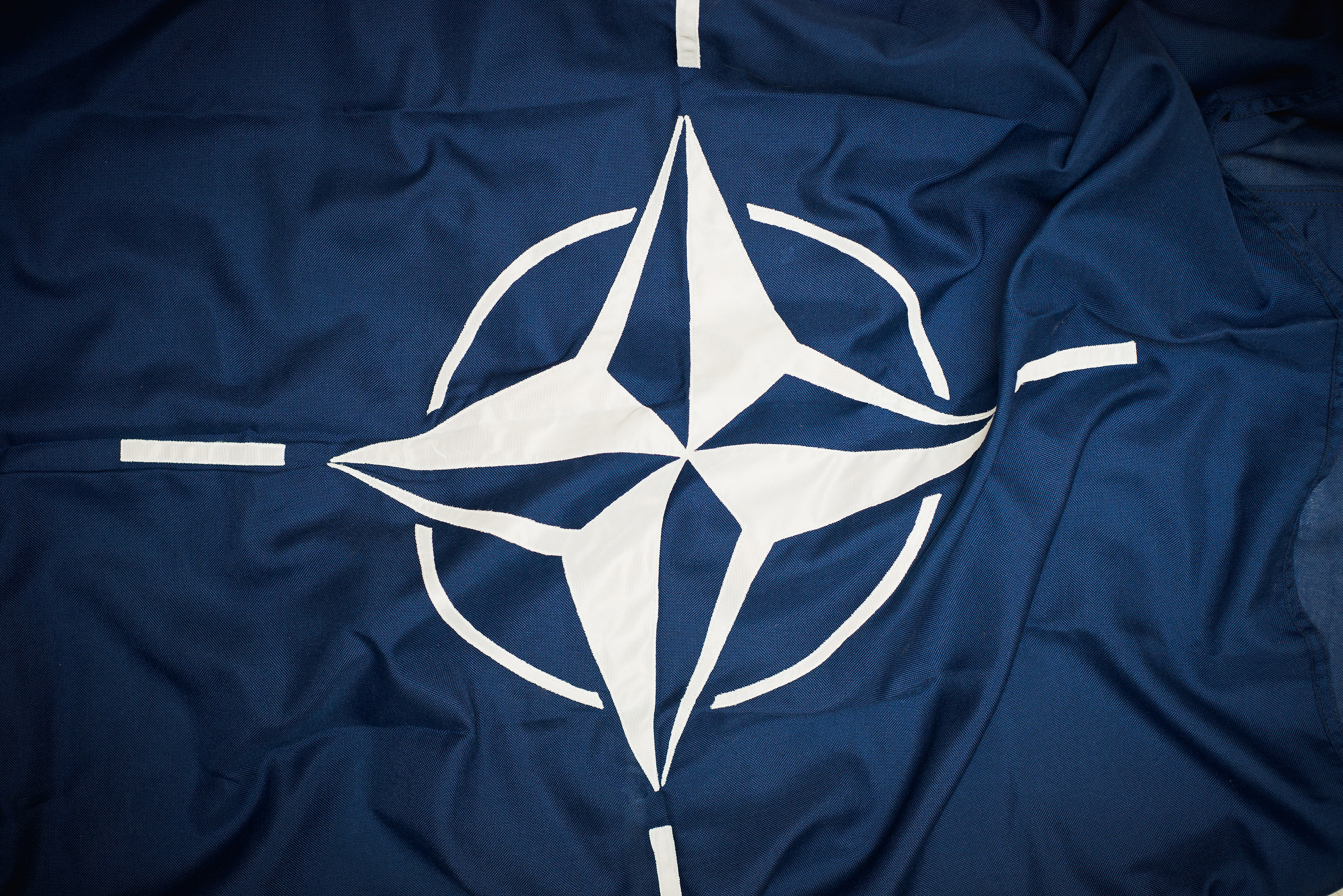When the National Shipbuilding Procurement Strategy was drafted by Canada’s federal government, one item was conspicuously left off the list: submarines. This comes as some surprise, since the current Canadian submarine fleet is advancing in age and has historically been plagued by technical issues. This has led to some speculation that the Royal Canadian Navy will be retiring the submarine fleet in favour of an increased number and quality of surface warships.
The current model of submarine commissioned with the Royal Canadian Navy, the Victoria class, was originally employed by the United Kingdom. Introduced in 1990, these vessels were later decommissioned in 1994 as the British shifted focus to nuclear-powered submarines. Though originally believed to be a bargain by Canadian officials, the four Victoria-class submarines acquired in 2000 have since become something of a logistical nightmare. In 13 years of service with the Royal Canadian Navy, the submarines have spent a combined total of 783 days patrolling. Among the many incidents encountered by these submarines at sea, the HMCS Chicoutimi infamously suffered a fire onboard as it departed Faslane Naval Base in Scotland for Halifax, resulting in the tragic death of one Canadian naval officer.
[captionpix align=”left” theme=”elegant” width=”350″ imgsrc=”http://www.defencetalk.com/pictures/data/4711/HMCS_Windsor_SubDec2001M.jpg” captiontext=”HMCS Windsor.”]
In short, the four Victoria-class submarines in service – the HMCS Victoria, Windsor, Corner Brook, and Chicoutimi – have racked up heft maintenance bills but contributed little to Canada’s maritime security. As such, one would expect that the aforementioned National Shipbuilding Procurement Strategy would have included plans to introduce replacements. In June 2012, defence planners suggested that the Victoria-class, however, may be kept in service until 2030, though the head of the Royal Canadian Navy, Vice Admiral Paul Maddison, has indicated that this may be impractical.
If the funds to supplement the Navy’s procurement strategy can be found, a preferable arrangement may be to phase out the problematic Victoria-class and acquire four Scorpène-class submarines. Also a diesel-electric attack submarine, like the Victoria-class, the Scorpène was designed through collaboration between French and Spanish contractors and it has proven widely popular with naval forces around the world. Chile, Malaysia, and India have all acquired the Scorpène. Brazil has purchased four submarines of this class and is awaiting delivery sometime in 2015. Poland and Australia are both currently considering the Scorpène as well. Canada would not be alone in its interest if the Victoria-class were to be retired with a view to introducing the Scorpène by 2020. In fact, this may prove to be a more cost-effective option: the Indian Navy has paid the equivalent of $500 million for each Scorpène-class submarine, whereas the projected cost of refurbishing the four Victoria-class submarines is now $750 million for each vessel.
The alternative to acquiring new submarines would be to either needlessly endanger the lives of Canadian sailors with accident-prone equipment or it would involve ceding a capability integral to the defence of Canadian sovereignty. With the HMCS Corner Brook still undergoing repairs and refurbishment until late 2016, it may be time for the Royal Canadian Navy to cut its losses and opt for a more reliable submarine. Given this, the most expensive option facing defence planners would be to keep working with the Victoria-class until 2030.



